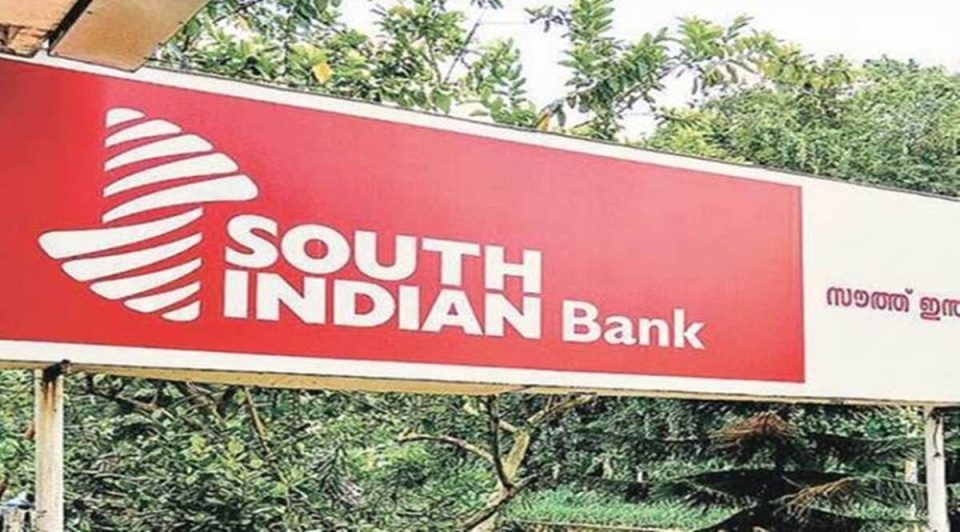On Tuesday, South Indian Bank (SIB) announced a tenfold jump in net profit to Rs 115 crore in the first quarter of the 2022-23 financial year (FY23). This was Rs 10 crore in Q1FY22.
In the first quarter of fiscal 2023, the bank’s CASA increased by 17.92% year-on-year. Deposits and demand deposits increased by 18.12% and 16.86% respectively.
Total advances in Q1 increased by 10.95% over the same period of the previous fiscal year. The corporate sector increased by 30.76%, auto loans increased by 30.93%, personal loans increased by 210.42%, and the gold loan portfolio increased by 27.73%. The bank reported total revenue of Rs 1,868 crore for the quarter ended June 30 this year, down 10.4% from Rs 2,084.39 crore in the same period last fiscal year.
Asset quality has improved, with gross non-performing assets (GNPA) accounting for around 5.87% of total advances in the April-June 2022-23 quarter, compared to 8.02% in the first quarter of 2021-22. Likewise, net NPA also declined to 2.87% of total advances in the quarter, compared to 5.05% in the first quarter of last year.
The bank is targeting double-digit prepayment growth in the current financial year compared to FY22. “Currently CASA is around 34% and we aim to increase it to 36% by the end of the year. My GNPA is 5.8% and we want it to be closer to 5%. Net NPA is currently around 2.87% and we hope to have it in this fiscal year Bring it down to below 2%,” Ramakrishnan said.
- Cabinet approves Rs 6,839 crore for Vibrant Villages Programme-II to boost border development
- ChatGPT Can Create Fake Aadhaar, PAN Cards—But Here’s Why It’s Not a Big Concern
- China to impose 34% additional tariff on all US goods from 10th April
- Rs 18,658 Crore Rail Network Boost to Strengthen Connectivity Across Three States
- Aerem Secures Rs 100 Crore Through Series A
This quarter, the bank’s return on assets increased by 42.45 basis points year-on-year, from 0.04% to 0.46%. During the period under review, SIB’s net interest margin (NIM) improved from 2.55% to 2.74%. Its capital adequacy ratio also rose from 15.47% to 16.25%. Likewise, the provision coverage ratio improved from 60.11% to 70.11%.






